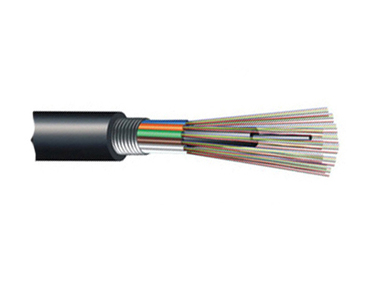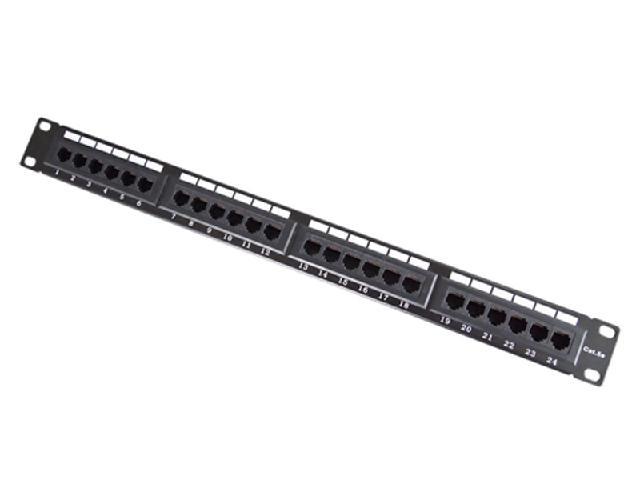
1. What is insertion loss?
In the field of telecommunications, insertion loss refers to the loss of signal power due to the insertion of a device somewhere in the transmission system. It usually refers to attenuation, which is used to express the ratio of the output optical power of the port to the input optical power, with decibels as the unit. Obviously, the lower the insertion loss value, the better the insertion loss performance.
2. What is return loss?
Return loss refers to the power loss that occurs when part of the signal is reflected back to the signal source due to the discontinuity of the transmission link. This discontinuity may be a mismatch with the terminal load, or a mismatch with the equipment inserted in the line. It represents the ratio of the reflected wave power at the port of the transmission line to the incident wave power. Therefore, the higher the absolute value of the return loss, the smaller the reflection, the greater the signal power transmission, and the better the performance of the optical fiber connector.
1. End face quality and cleanliness
Obviously, fiber end-face defects such as scratches, pits, cracks, and particle contamination will directly affect its performance, leading to higher insertion loss and lower return loss. Any abnormality that hinders the transmission of optical signals between optical fibers will have an adverse effect on these two losses.
2. Positioning deviation of connector ferrule
The main function of the fiber-to-fiber connector is to quickly connect two optical fibers, ensure accurate alignment between the two cores, and realize the precise butt connection of the two fiber end faces, so that the optical power output by the transmitting fiber can be coupled to the receiving fiber to the maximum extent. Therefore, when the fiber cores are not precisely aligned, that is, when the connector ferrule centering position is deviated, the insertion loss and return loss will be greatly affected.
3. The end face physically contacts the air gap
The optical fiber connectors are fixed by adapters, which are physical connections, but if they are not in real physical contact, there will be a gap between the contact end faces of the two connectors. The smaller the end face air gap, the more ideal the insertion loss and return loss. The optical fiber connector uses different grinding methods, and the air gap between the end faces also changes accordingly. Choosing the right type of fiber optic connector can help you achieve better optical transmission quality.
1. Make sure the optical fiber connector is clean before use;
2. Avoid applying any improper pressure to the optical fiber, and do not bend the optical fiber beyond its maximum bending radius;
3. Minimize bending, coiling, fusion splicing, and coupling fiber jumpers, otherwise it may cause refraction of optical signals when passing through the fiber cladding;
4. Use the factory to terminate the optical fiber.
If you have any interests of fiber patch cord, welecome to contact Copperled Technology Co.,Ltd. (Tel: 0755-27896171)


